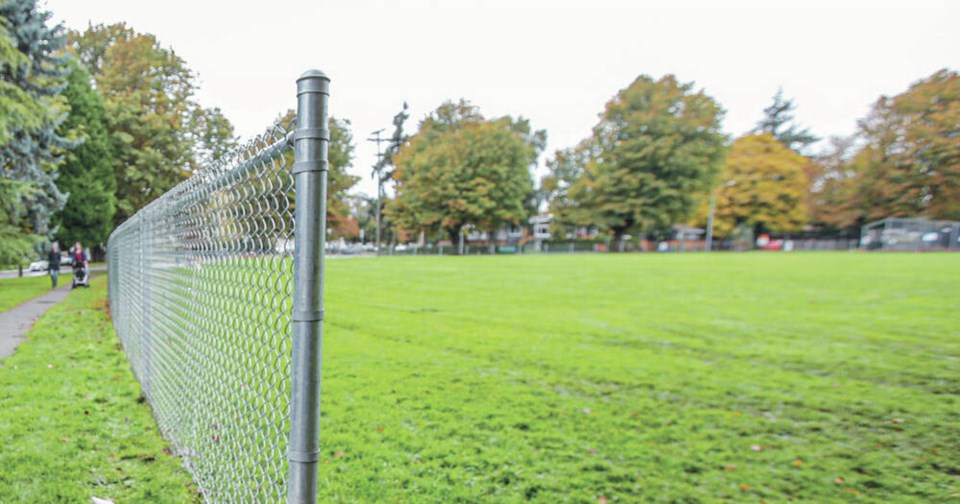The World Health Organization’s December 2021 Geneva Charter for Well-being expresses “the urgency of creating sustainable well-being societies, committed to achieving equitable health now and for future generations without breaching ecological limits.”
So far, I have mostly focused on the need to stay within ecological boundaries and to create an economy that takes such boundaries into account, while still ensuring a social foundation for all.
Here I turn to the second key element of such a society: equitable health. Equity refers not to equality in health but to fairness in creating the pathway to health. We will never have equality in health, if by that we mean equal levels of health throughout our lives, for a variety of reasons.
To begin with, there are genetic differences — we are not clones — and sex-based differences; as a man, I don’t experience all the risks of pregnancy and childbirth, or face the possibility of ovarian cancer, for example.
Then we all have different formative experiences growing up in our families, among our peers and in our communities, which may be shaped by discrimination based on gender, race, income or other factors.
On top of that, we have different life experiences — some of us have tragic accidents or meet up with infectious diseases that others do not, and so on.
But one of the most important factors determining our health is our level of wealth and income and all that comes with that — the quality of our environment, housing and neighbourhoods, the quality and availability of education, health care and other services, the opportunities and privileges we get or the barriers and exclusions we face.
It is in the area of these socio-economic and related inequalities that equity becomes important.
Both globally and within nations, health inequity — unfair and unjust inequality — is rooted in inequitable economic and social arrangements. We see it in higher mortality rates and lower life expectancy between rich and poor both within and between countries, as well as in inequalities in health between Indigenous and non-Indigenous people in sa国际传媒 and many other countries.
“Social injustice,” said the 2008 final report of the World Health Organization’s Commission on the Social Determinants of Health, “is killing people on a grand scale.”
Health equity, then, means having equal opportunity, a fair chance to have good health and a good life. Given that we will never have equal health, it also refers to inequalities that are considered socially acceptable.
Addressing inequity often entails a hand-up of some sort, social support and affirmative-action programs intended to level the playing field. And that is another key point about equity and inequity in health. While inequality rooted in genetic and other biological differences may not be remediable — we will always have inequality in those circumstances — inequity is or should be avoidable, preventable.
A classic illustration of an equitable response to inequality is the image of three children — tall, average height and short — trying to see over a wooden fence to watch a baseball game.
Only the tall child can see over the fence. If we have three boxes and treat the children equally by giving them each a box to stand on, the average size child can now see over, too, but the short kid still can’t.
To make it equitable, we have to give two boxes to the short child, one to the average-height kid and none to the tall one; now all three can see. (In a final refinement of this image, if we replace the barrier of the wooden fence with a chain-link fence, all can see and no boxes are needed — the removal of systemic barriers for all.)
The World Inequality Report 2022, released in early December 2021, is directly relevant to the idea of equitable health in a well-being society.
Noting that “contemporary global inequalities are close to early 20th century levels” and that “inequality is a political choice, not an inevitability,” the authors stress that “addressing the challenges of the 21st century is not feasible without significant redistribution of income and wealth inequalities.”
This includes the challenge of creating well-being societies that enjoy equitable health.
So next week, I shall look in more depth at this important and troubling report.
Dr. Trevor Hancock is a retired professor and senior scholar at the University of Victoria’s School of Public Health and Social Policy.



